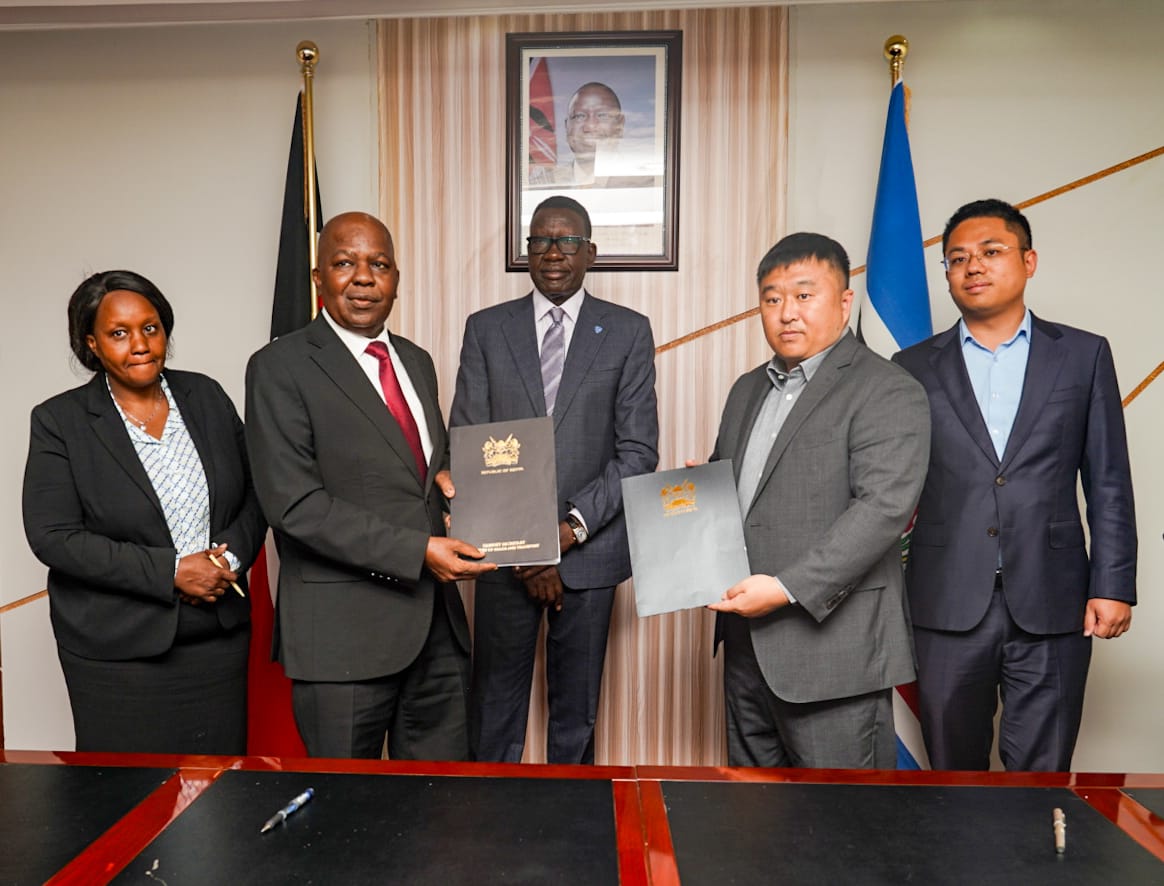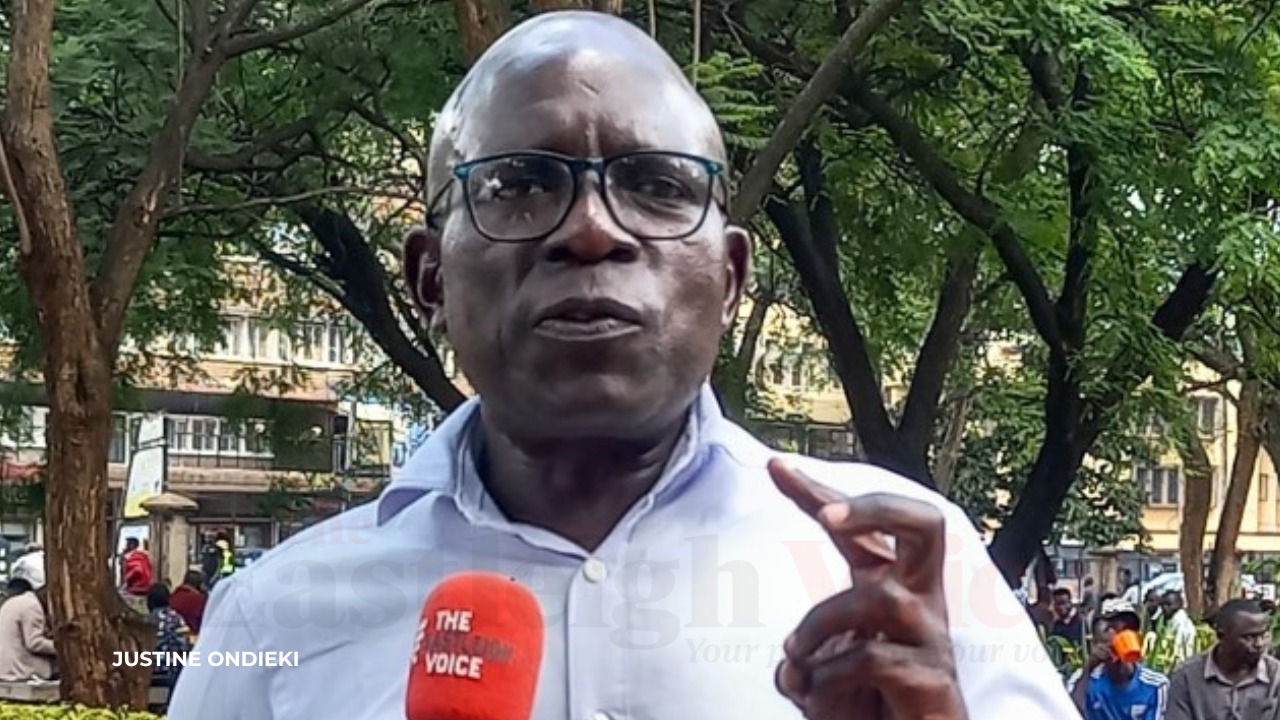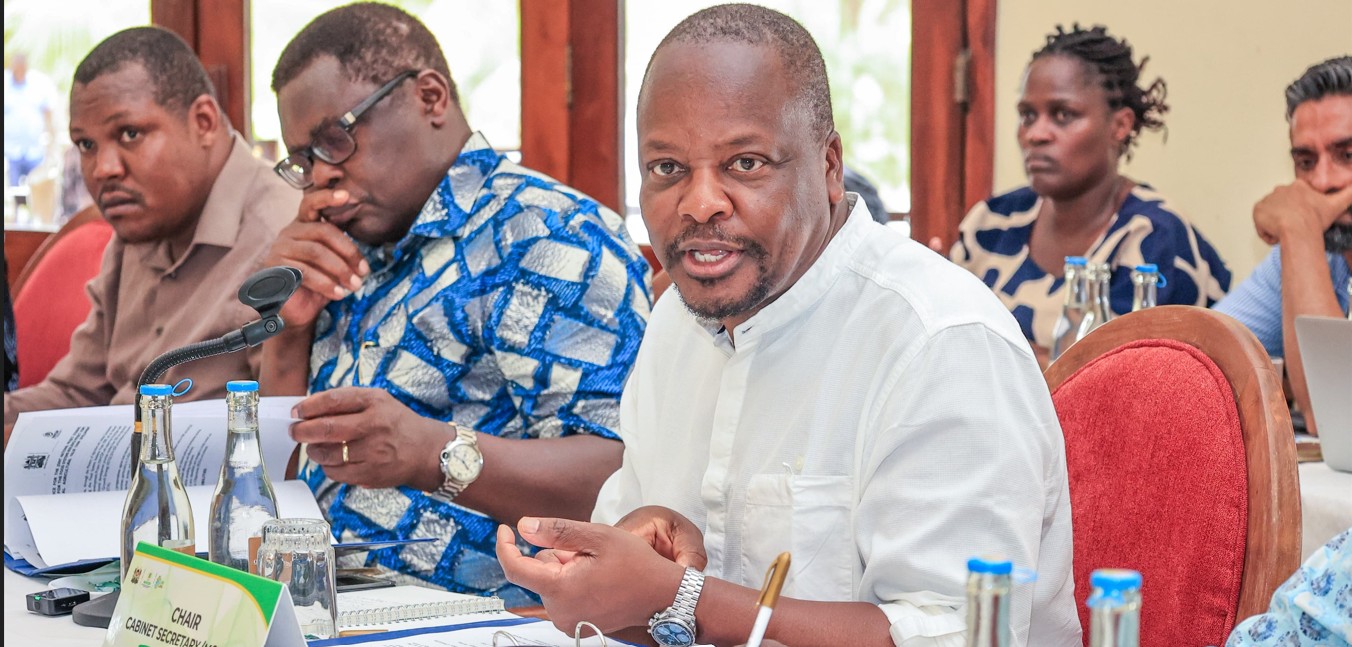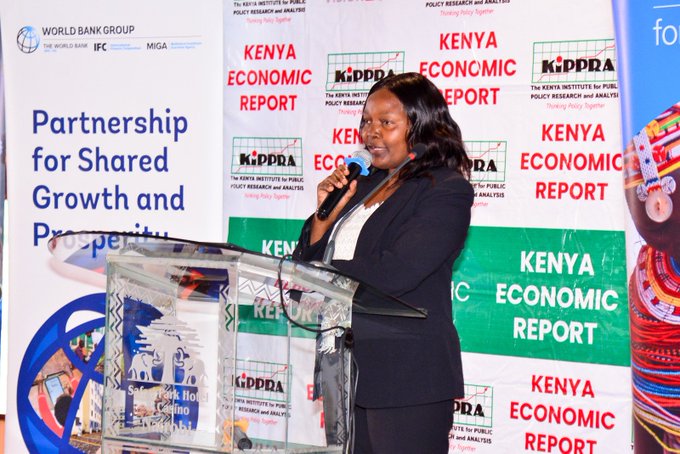Biogas potential untapped despite promise for green drive, rural development - study
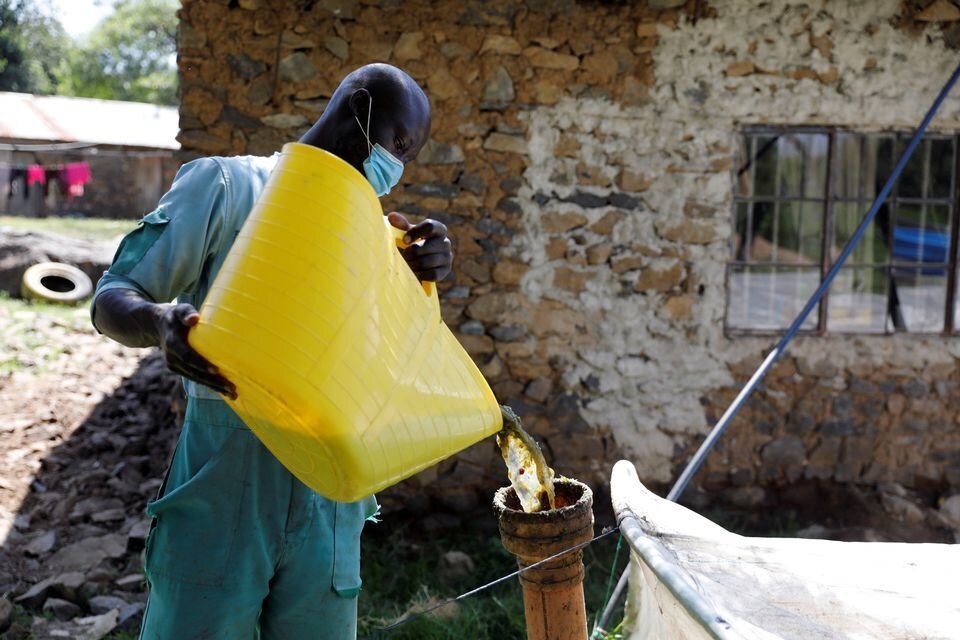
This is despite its vast potential to propel the green drive and promote sustainable rural livelihoods.
Produced through the fermentation of biomass, animal dung and other organic waste, biogas remains significantly underutilised, studies have shown.
This is despite its vast potential to propel the green drive and promote sustainable rural livelihoods.
More To Read
- Green economy now second-fastest global growth frontier, value hits Sh646.4 trillion - report
- Africa’s energy mix brightens: Renewables, clean cooking access set to rise by 2035
- Green Congress of Kenya party opens countrywide offices, eyes green revolution
- Renewable power capacity to double by 2030 - IEA
- Africa secures Sh12 trillion to fast-track green industrialisation
- Biogas and clean stoves transform cooking in Kilifi, reducing smoke-related illnesses
Insights from the Ministry of Energy, along with a recent report by the International Energy Agency (IEA), underscore the significant yet unrealised potential of the initiative.
The Ministry’s 2020-2027 Bioenergy Strategy report shows Kenya has about 21,000 biogas digesters installed through combined efforts of government and private stakeholders.
However, this is just a fraction of the estimated 2.3 million digesters the country could support, underlining the gap between existing infrastructure and technical potential.
The report further reveals that uptake of biogas for household cooking in Kenya is projected to reach only 0.8 per cent by 2030, while its contribution to the national renewable electricity mix is expected to remain a marginal 0.07 per cent.
This underscores the limited current role of biogas in Kenya’s energy portfolio despite the country producing millions of tonnes of organic waste each year.
Feasibility studies referenced in the report indicate that the country can build up to 6,500 biogas digesters each year, with strong potential in areas like municipal waste management, coffee farming, and sisal production for generating biogas-powered electricity.
A 2018 study by the Ministry of Environment and Forestry highlights that large-scale adoption of biogas technology has the potential to significantly reduce greenhouse gas emissions.
It was projected that if 80,000 households adopted biogas technology, pollution could be reduced by 1.2 million tons by 2022.
Furthermore, a study by Kenya’s Dairy NAMA (Nationally Appropriate Mitigation Action) highlights that biogas also brings significant socio-economic advantages.
“Biogas adoption significantly reduces household expenditure on energy provisioning and chemical fertiliser use. For each biogas unit, direct financial savings are estimated at $204 (Sh26,500) per year,” NAMA says.
For instance, it illustrates that installing 20,000 biogas units at the household level in the dairy sector could help farming families save $61.2 million (Sh7.9 billion) in costs over a 15-year lifespan of the units.
Despite these benefits and the technology’s potential, the overall strategy report points out several obstacles that are preventing the widespread adoption of biogas in the country.
These include high upfront costs, a lack of public awareness, and limited access to quality equipment and skilled technicians.
On the supply side, the sector is said to struggle with a lack of scale, operational planning and investment.
It adds that while Kenya has a growing number of biogas service providers, the absence of a coordinated national subsidy or incentive programme limits growth.
“Technical support and post-installation maintenance also remain weak.”
The global outlook by the International Energy Agency reflects similar trends.
Titled ‘Outlook for Biogases and Biomethane’, the study shows less than five per cent of the potential sustainable feedstock is currently being used worldwide to produce biogas.
The Agency reiterates that despite growing momentum in the space over the past years, with over 50 new policies supporting biogas introduced since 2020, numerous regulatory, economic and procedural hurdles still slow the progress.
“Logistical hurdles and complex permitting procedures have held back increases in biogases production in many countries,” the Agency says.
“Biogases are decentralised resources: transporting bulky and low-energy density feedstock is costly over long distances, meaning a large number of individual plants are required to reach meaningful production levels at a national scale.”
IEA further narrates that securing a permit to produce biogases can, in some cases, take up to seven years, requiring compliance with a range of local and national regulations, including environmental review processes that vary by location.
The factors that make biogases attractive, integration of energy, agricultural and waste management goals, also create significant coordination challenges across a fragmented value chain and policy landscape, according to the IEA.
This is because there is no one-size-fits-all approach to biogases, as each project faces different local circumstances.
However, the agency is optimistic that global production could increase fivefold at costs equal to or lower than today’s wholesale gas prices, especially if co-benefits like methane reduction and sustainable fertiliser production are factored into policy decisions.
For Kenya and many nations alike, unlocking the biogas opportunity could be a game-changer in clean energy transition, rural development, and climate resilience.
Top Stories Today
